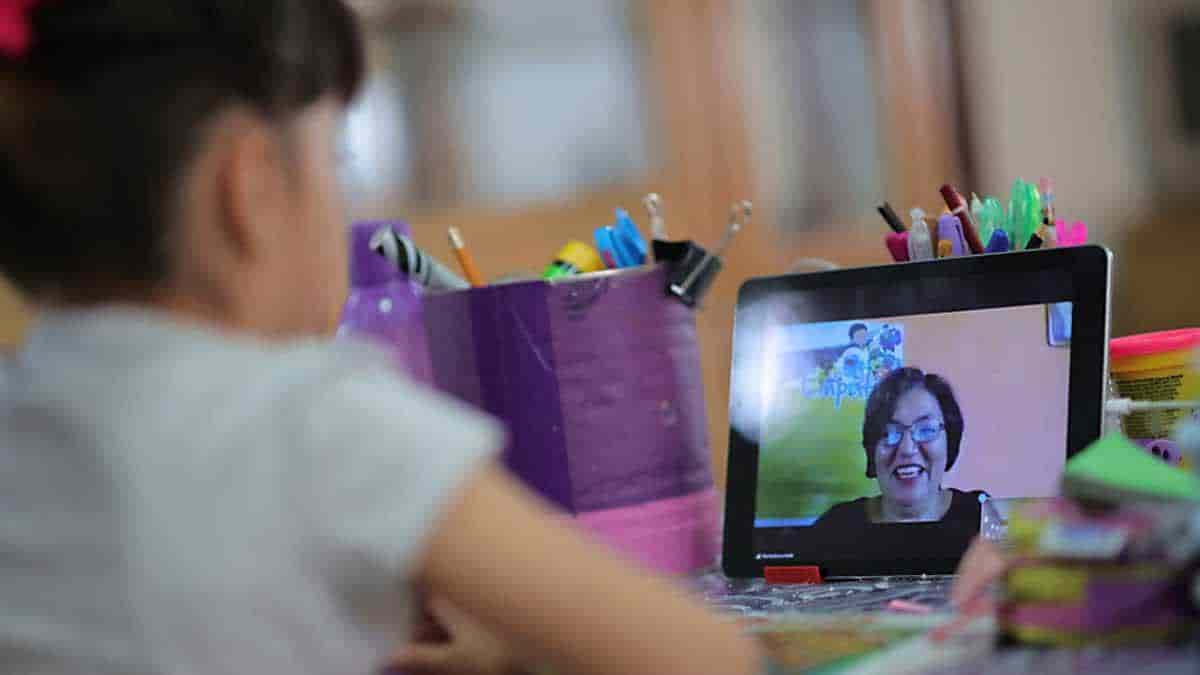By: Deniss Cabrera
The vocation led the teachers to look for alternatives for the students to continue with their studies, which, together with the constant training, the use of digital platforms and the limitations of connection in some communities, were challenges that with efforts they managed to face.
And although adapting to new technologies has been difficult and the increased workload that this generated, students have been able to maintain their lessons with a different dynamic.
The special education teacher Melina Jocobi, stated that the covid It has forced teachers to work remotely, which has led them to prepare themselves to be up to the task and to move their students forward.
“During all this time of the pandemic we have had too many trainings, which at the time became exhausting, tiring and frustrating, especially for older teachers, as they were less familiar with the technology“.
One of the main difficulties they have faced, he said, is the lack of response from parents, because for those who work it becomes difficult to be fully in the workplace. lessons and the lack of technological resources, however, in some cases there was a lack of interest.
Although the process has been difficult, it has also become an opportunity to update as professionals and learn new ways of teaching.
“Now we have knowledge of the different uses of the technology that will undoubtedly allow us to be better prepared when we return to lessons face-to-face “.
MEXICO HAS ONE MILLION TEACHERS
Every May 15, the work of the teachers, work that is not only imparting academic knowledge, but also leaving something in the minors and young people who pass through their classrooms, work that implies vocation.
According to the National Survey of Occupation and job, as of the fourth quarter of 2020 there are 1.2 million teachers working in the basic level, of which 69.9 percent are women.
According to the General Law of Education, the country has three types of education: the basic, the upper middle and the superior, each one made up of different educational levels.
The average age of teachers is 40 years, since about 45.3 percent are in an age range of 30 to 44 years, followed by those with an age of 45 to 59 years (32.3%). In contrast, the lowest proportions are found in both the youngest age group (5.1%) and the oldest (2.7%).
Considering their sex, a greater presence of women is observed in the youngest age groups, a behavior that begins to be reversed after the age of 35, highlighting the greater presence of men, especially from the age of 60. However, in the age range of 45 to 49 years of age, the ratio is identical between female and male teachers.
–


